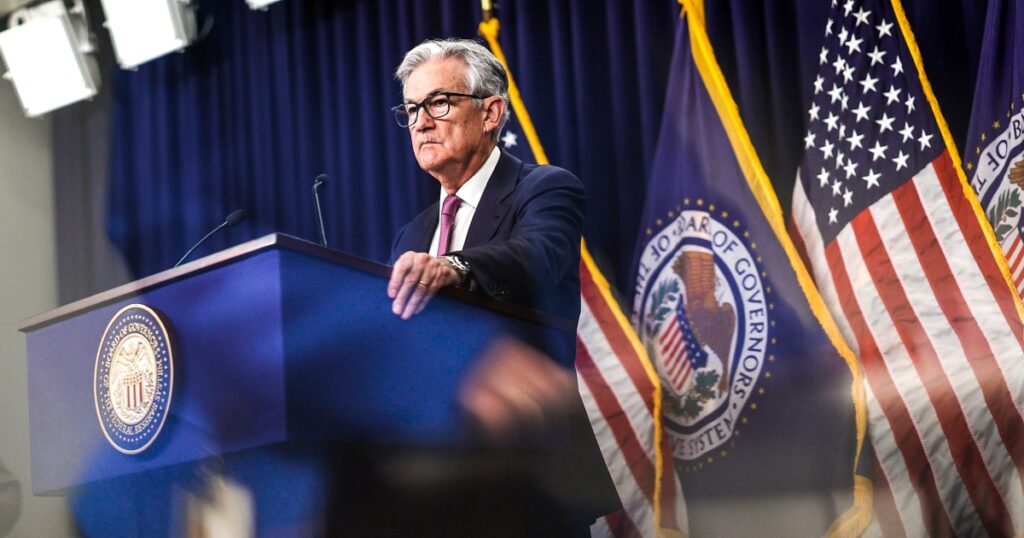The Federal Reserve’s main job is balancing risks. If it keeps interest rates too high, it risks choking off economy-wide spending. When customers dry up, businesses stop hiring and unemployment rises.
If it keeps interest rates too low, then it risks spurring too much spending. When customer demand exceeds the economy’s ability to produce goods and services (even with very low unemployment), the result could be inflation.
Set aside arguments about whether the Fed should have raised rates faster or slower over the past 18 months, including last week’s 0.25% increase. What’s clear today is that inflation is decelerating rapidly and that going forward, the more pressing risk is an economic slowdown. For overall income growth, recessions are worse than even periods of high inflation, period. And the damage recessions cause is also highly regressive — hurting the most vulnerable and historically disadvantaged groups the hardest. Given all of this, the Fed should stand pat on rate increases for a while.
For overall income growth, recessions are worse than even periods of high inflation, period.
This judgment is based on three main considerations. First, major potential sources of inflation are cooling. Second, key “shock absorbers” that can muffle surprise inflationary pressure in the next year are already deploying. Third, the Fed has tools to react if inflation resurges in the next year, but it doesn’t have the tools that can help much if unemployment starts rising. Even worse, the institution that does have those tools to help if recession comes — Congress — is a horror show of dysfunction.
Let’s take each of these considerations in turn.
Much of the acceleration in core inflation seen in late 2021 and 2022 was in housing. But industry data show housing cost inflation (both home prices and rental costs) cooling quickly. This will lower inflation sharply this year.
Another source of cooling is nominal wage growth. Wages were not a driver of recent…
Read the full article here





